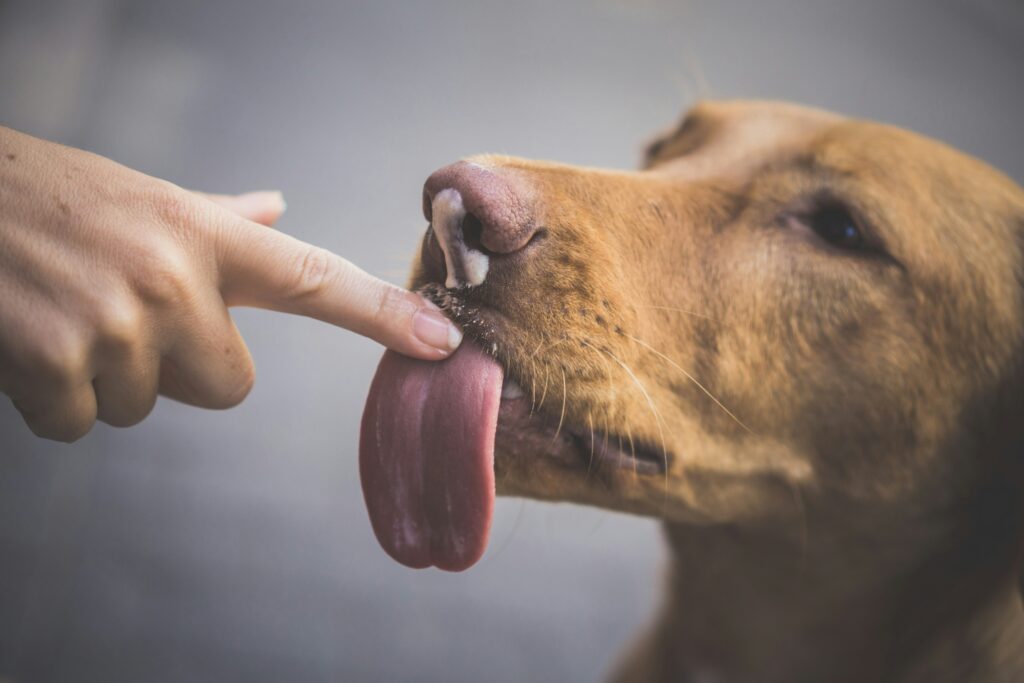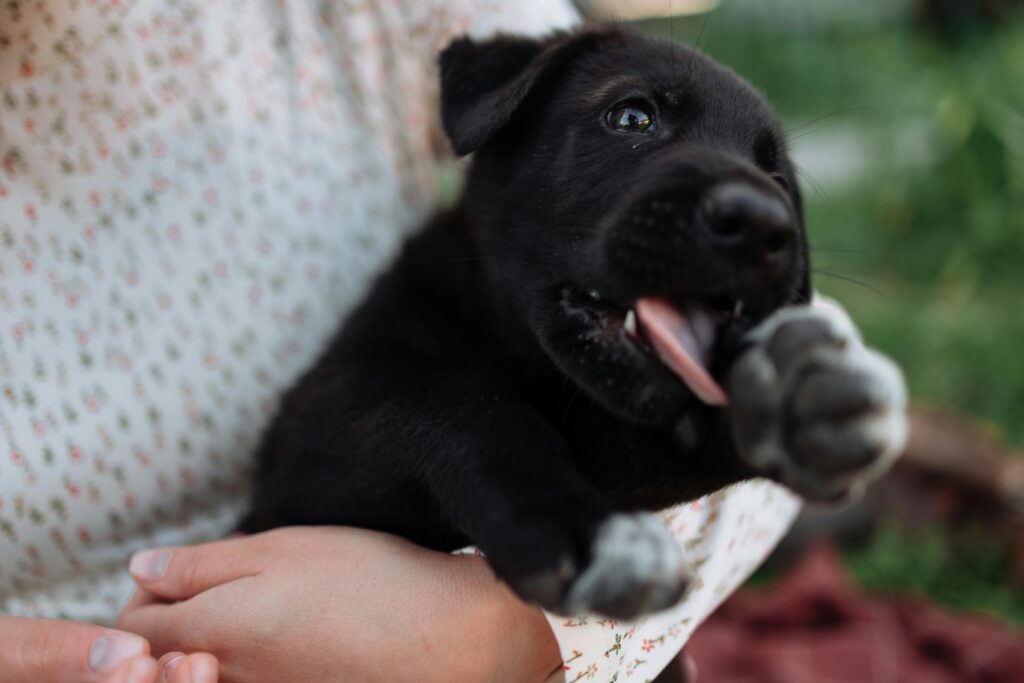Understand What’s Behind the Behavior
If your dog’s chewing up shoes or ignoring commands, it’s not because they’re being defiant out of spite. That’s not how dogs operate. Every behavior good or bad has a root cause. They’re responding to something, even if it’s not obvious at first.
The usual suspects? Boredom, anxiety, and a lack of proper communication or training. A dog left alone for hours might dig or bark just to stay stimulated. One that hasn’t been taught boundaries might jump on guests because it’s excited, not rude. And dogs with anxiety may lash out or hide in response to triggers like thunder or new people.
Don’t confuse confusion for disobedience. If your dog isn’t doing what you ask, it may be because they never fully learned what the cue means. Or maybe they’re overwhelmed. Before labeling something as bad behavior, ask yourself: “Does my dog know what I’m asking, and are they in the right state to respond?”
Understanding the ‘why’ behind actions gives you a roadmap to better training and a better bond.
Replace, Don’t Punish
Punishment might seem like a quick fix when your dog is chewing through your favorite shoes or barking non stop, but it usually backfires. Fear, stress, and confusion tend to follow. Instead of learning what they should do, dogs just learn to be afraid of you, of certain situations, or of trying new things at all. That’s not training. That’s shutting them down.
Dogs aren’t stubborn to spite you. They’re either bored, anxious, or just don’t know a better option. That’s where redirection comes in. Instead of yelling when your dog chews your couch leg, calmly offer a chew toy and praise them when they take it. Trading a bad habit for a good one is faster and sticks longer. Same goes for barking. Instead of telling them to stop over and over, teach a “quiet” command. Start when they’re calm, reward the silence, and build from there.
The clearer and more rewarding the alternative, the faster old behaviors fade. Focus less on control, more on communication. That’s how real behavior change happens.
Timing and Consistency Are Everything
Dogs live in the moment, and so should your feedback. The second your dog does something right sits when asked, ignores the squirrel, waits patiently that’s when you reward. Not a few minutes later. Not when you get around to it. Immediate reinforcement locks in the behavior because it makes the cause and effect clear.
Same goes for routine. Dogs aren’t fans of guesswork. Feeding times, walks, and bedtime routines help them feel secure. When your dog knows what to expect, they’re less anxious, less reactive, and more likely to cooperate. Predictability builds trust.
And don’t underestimate consistency. If today “off the couch” means one thing and tomorrow it means nothing, you’re sending mixed signals. Use the same commands, responses, and rewards every time. Random rules just confuse your dog and stall progress. Keep it simple. Keep it steady.
Train With the Right Tools

To effectively change a dog’s behavior without the use of punishment, it’s essential to use tools that reinforce trust, not fear. The right tools help you guide your dog toward making better choices and build a foundation for long term success.
Use Rewards That Motivate
Dogs learn best when they’re motivated by something positive. Instead of using intimidation to stop a behavior, focus on offering something your dog values when they do the right thing.
Treats: Choose small, high value treats that your dog loves
Praise: Reinforce with a cheerful “Yes!” or a gentle pat when they behave correctly
Toys and play: Make training sessions fun by incorporating a favorite toy
The goal is to make good behavior more appealing than unwanted ones.
Try Clicker Training and Marker Words
Clicker training is a highly effective way to mark the exact moment your dog does something right. If a clicker isn’t your style, using a consistent marker word like “Yes!” works, too.
Click or say your marker word the moment the desired behavior happens
Follow it immediately with a reward
This helps your dog quickly understand which action earned the reward
Consistency is key make sure your marker is clear and always followed by something positive.
Shape Behavior Incrementally
Expecting perfect behavior overnight isn’t realistic. Break training goals into small steps, and reward progress at every stage.
Start with easy versions of the behavior (e.g., sit before teaching stay)
Gradually increase difficulty: longer durations, more distractions, etc.
Celebrate progress even small wins matter
By shaping behavior in gradual, achievable steps, you help your dog learn in a way that’s encouraging and sustainable.
Remember, training is a journey. The tools you choose can make the experience rewarding for both you and your dog.
Create an Enriching Environment
Most dog behavior problems aren’t about defiance they’re about frustration, energy overload, or plain old boredom. A tired dog is a good dog, and that doesn’t just mean a long walk. It means creating a life that’s mentally and physically stimulating every day.
Interactive toys challenge your dog’s brain while giving them an outlet for natural instincts like chewing and problem solving. Meals can take 20 minutes instead of 20 seconds with puzzle feeders. Games like hide and seek, sniff walks, or short training sessions keep things interesting. Even five minutes of learning a new trick can shift your dog’s mood for the day.
Daily exercise matters, but variety and consistency matter more. Rotate toys. Mix up walking routes. Schedule playtime. Dogs do best when life has predictable rhythms but enough spark to keep them engaged.
The goal isn’t just tiring them out, it’s setting them up to succeed. Boredom leads to chewing your couch. Frustration leads to barking or zoomies indoors. But with the right setup enrichment, attention, movement you prevent most of that before it starts. You’re not just solving problems. You’re making them unnecessary.
Know When to Get Extra Help
Sometimes, even your best efforts won’t seem to shift your dog’s behavior. When that happens, it might be time to bring in expert support. Waiting too long can allow problem behaviors to become habits so recognizing when to ask for help is key.
Signs You Might Need a Professional
Not every issue requires outside intervention, but consider a trainer or vet if:
Your dog’s behavior is escalating or becoming unsafe
You’ve tried consistent training without noticeable improvement
Your dog shows signs of fear, aggression, or severe anxiety
Routine changes don’t seem to have any impact
When Behavior Has a Medical or Emotional Root
Behavioral issues aren’t always about training. In many cases, they are symptoms of deeper problems:
Health related causes like thyroid issues, pain, or neurological problems can affect mood and behavior
Past trauma, especially in rescue dogs, can lead to fear based reactions that require gentle, informed handling
Age related changes, such as confusion in senior dogs, might look like disobedience but have very different causes
Don’t Go It Alone
Ongoing frustration yours or your dog’s can lead to more problems. A certified dog trainer, behaviorist, or veterinarian can:
Offer insights and methods tailored to your dog’s needs
Identify any medical conditions or hidden stressors
Help you reset your approach and make training more effective
Asking for help isn’t a failure it’s a smart, compassionate step toward building a stronger bond with your dog.
Learn More About Good Habits
If you’ve laid the groundwork with positive training, consistency, and the right environment but still want to go deeper you’re not alone. Understanding the full landscape of behavioral triggers and thoughtful correction strategies can make a big difference.
Go Beyond the Basics
To truly improve your dog’s behavior long term:
Identify underlying causes like stress, boredom, or health concerns
Tailor your training plans to your dog’s breed, age, and energy level
Adjust your approach as your dog grows and learns
Explore Proven Techniques
Whether you’re dealing with excessive barking, jumping, or anxiety related behaviors, knowing what works (and why) is essential.
Use detailed step by step techniques to shape good habits
Incorporate structured reinforcement schedules
Keep progress steady with small, trackable goals
Take the Next Step
For a full breakdown of practical methods, gentle interventions, and professional tips, check out our expert supported guide:
Read our guide to unwanted behavior correction for detailed training tips and techniques.
Training your dog without punishment isn’t just possible it’s better for both of you. With the right approach, patience, and prevention, bad behaviors can be replaced with calm, confident habits.


 Lead Pet Behavior Specialist
Brian Camacho is an expert in pet behavior and training at Pet Paw Shack. With a deep understanding of animal psychology, he specializes in helping pets and their owners build strong, healthy relationships through positive reinforcement techniques. Brian’s innovative approach to training focuses on making behavior modification a fun and rewarding experience for both pets and their families.
Lead Pet Behavior Specialist
Brian Camacho is an expert in pet behavior and training at Pet Paw Shack. With a deep understanding of animal psychology, he specializes in helping pets and their owners build strong, healthy relationships through positive reinforcement techniques. Brian’s innovative approach to training focuses on making behavior modification a fun and rewarding experience for both pets and their families.
